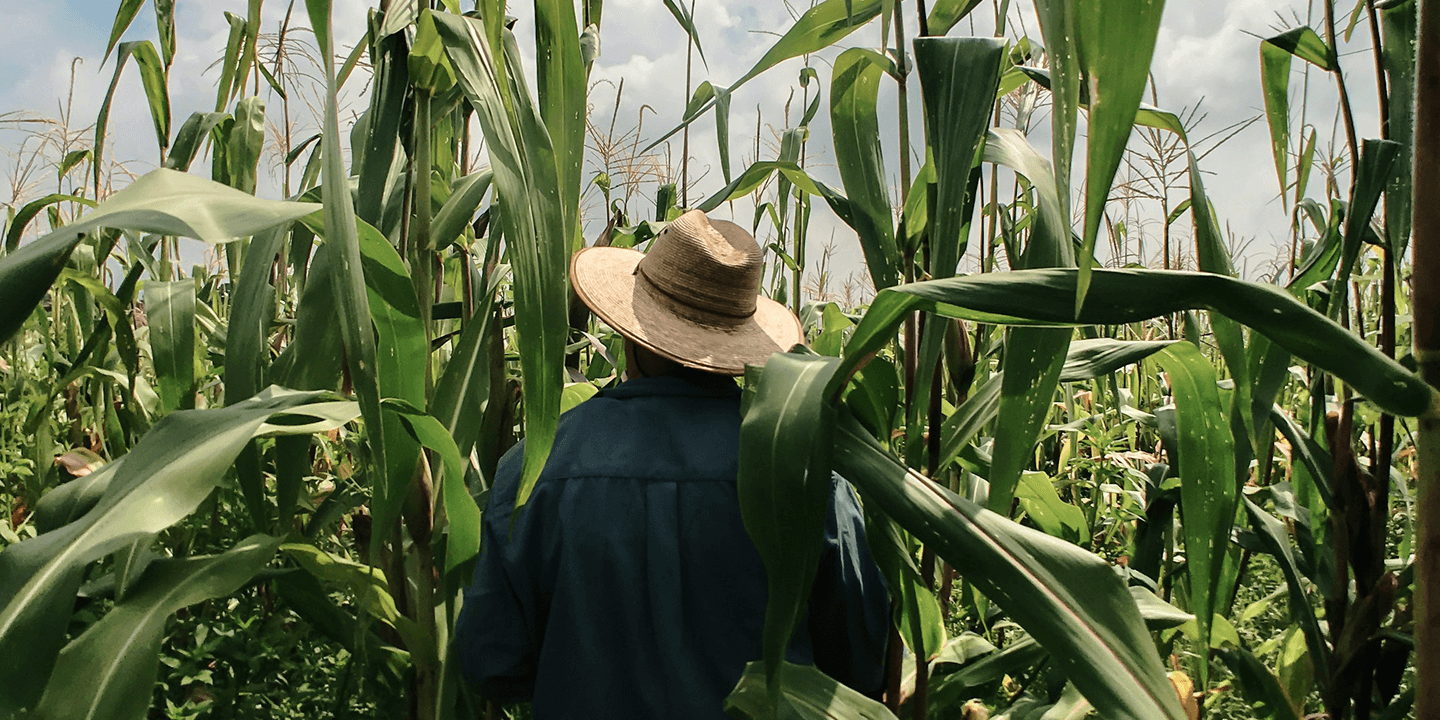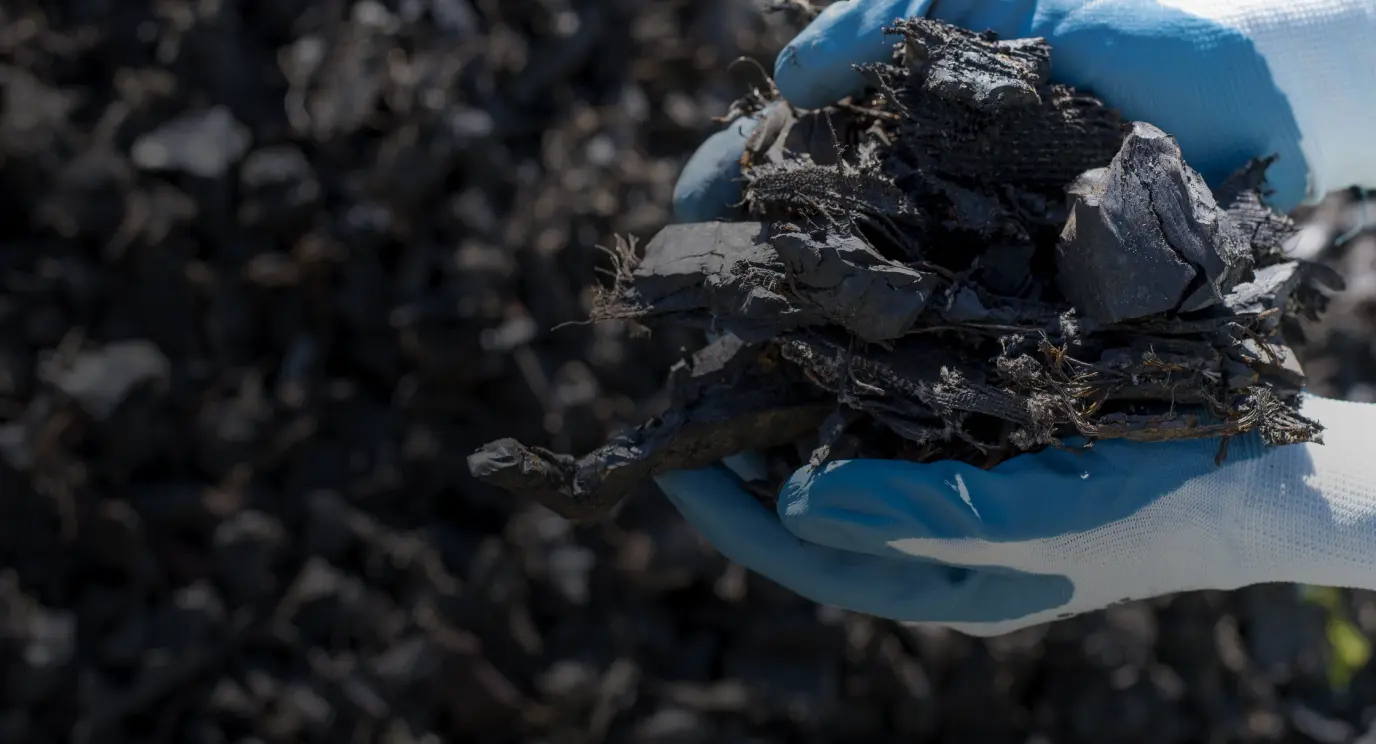As we commemorated International Day of Forests on 21 March, CIX chief executive Mikkel Larsen took the opportunity to explain why we must keep funding the local communities who protect forests. Carbon credits for REDD+ projects are a proven way to do this, by giving people realistic alternative sources of income to logging. This is an ongoing effort that is far more complex, expensive and important than some people realise.
(1) Preserving standing forests is far more effective than building new ones
It is far more effective – ecologically and economically – to preserve forests than it is to destroy and rebuild them. Restored forests in moist tropical regions sequester up to 11 tonnes per hectare per year per year (above ground). By contrast, protecting standing rainforests immediately preserves 300-400 tonnes per hectare per year, a 30 times difference.
Given that the price for nature-based removal credits is often seven times that of avoidance credits like REDD+, you get a rough efficiency factor of over 200. Moreover, once a forest and its ecosystems are destroyed, they do not recover their ecological function through reforestation until several years later, if ever, especially when monoculture reforestation is chosen.
(2) Forest preservation and reforestation are part of the same cycle
Carbon, once emitted, stays in the atmosphere for 300-1000 years. For forests to be an effective environmental solution, they must remain standing for a considerable amount of time (permanence). We need forests to be preserved and reforested. Yet, current regulations and buyers prefer growing new forests (removal) than preserving them (avoidance) – and award the former a premium.
This artificial distinction is pronounced in existing carbon methodologies. For example, a project can be classified as a removal project with a premium in its first 30 years, and then an avoidance project in its next crediting period. Whilst this is intended to allow for the recovery of higher costs needed grow forests than preserve, it is artificial from a climate mitigation point of view and deeply unhelpful.
The Science Based Targets initiative (SBTi) makes an overly simplified assumption that only afforestation and reforestation can counter emissions. The simple logic is that if you emit a tonne then you must remove one tonne. The flaw in this argument is to assume that standing forests will somehow automatically stay in place without the incentives that carbon credits provide.
The world is far more complex. Without reasons for changing habits and stopping deforestation, we can hardly expect countries and the corporates and communities in them to denounce the temptation to earn income from using forest resources or deforesting for agricultural or mining purposes.
(3) Projects that help preserve forests are highly complex
REDD+ projects have unique social, ecological and political contexts. They can easily involve hundred to thousands of people. Yet, we treat them as simple commodities to be delivered at the lowest cost. Anybody who has been involved in developing such projects or simply seen them in action will recognise that we must pay those involved in REDD+ projects (both investors and communities) fairer compensation to keep forests standing.
When you add the complexity of government policy, REDD+ projects are in many ways similar to large-scale infrastructure projects – but with a higher requirement for ongoing community engagement than road-building works.
An infrastructure project investors’ expected return (IRR) is above 17%. For REDD+ projects with current prices above US$2.00, we barely cover the marginal cost, much less properly remunerate local communities. To add to the challenge for investors, when a REDD+ project is discovered to have flaws, we punish the project extremely harshly with discounts in market price. Take for example a highly complex and large-scale REDD+ project where two employees were found guilty of misconduct. Ask yourself: will you stop buying clothes from your favourite brand if it was discovered that two employees had behaved poorly? I venture that you will likely not.
(4) We need solutions to preserve forests that are not under immediate threat
Current methodologies look to historical deforestation to establish the “baseline” and hence the volume of credits to be generated. That assumes that just because forests were preserved in the past, they will always be – which is flawed.
We can’t expect governments in emerging economies to be penalised for having successfully persevered their forests, especially when presented with less sustainable sources of income (e.g. oil). This is why we also need solutions for High Forest Low Deforestation (HFLD) countries that have so far managed to keep their forests largely intact. CIX published a paper in this regard.
(5) The challenge to keep trees standing depends on the nature of the threat
To determine if a REDD+ project can realistically stop deforestation, we should focus on the driver of deforestation and whether a project can realistically create sufficient incentive to stop deforestation.
For example, it is possible and affordable to put in place fire prevention measures to reduce forest fires. It may also be possible to use carbon credits to change the habits of local communities from using the forest for illegal logging. In contrast when deforestation threats arise from legal logging, mining or population growth, the prices need to be significantly higher to match the economic incentives that these concessions offer.
The equation that should be in focus and considered by investors and buyers of carbon credits is:
(A) number of people and corporates will be impacted
×
(B) incentives needed to change behaviour at the community and government level











